Football stadiums are more than just places where games are played—they are where amazing memories are made, where fans cheer loudly, and where some of the most exciting moments in sports happen. Around the world, many stadiums are famous because of their history, passionate fans, and unique designs. Here are the best soccer stadiums in the world, ranked.
19. Ibrox Stadium (Glasgow, Scotland)

Ibrox Stadium opened in 1899 and is the home of Rangers FC. It has a seating capacity of 50,817 and is known for its traditional design and the energetic atmosphere created by Rangers fans. Ibrox has hosted many famous matches, especially the intense Old Firm derbies against Celtic.
18. Emirates Stadium (London, England)
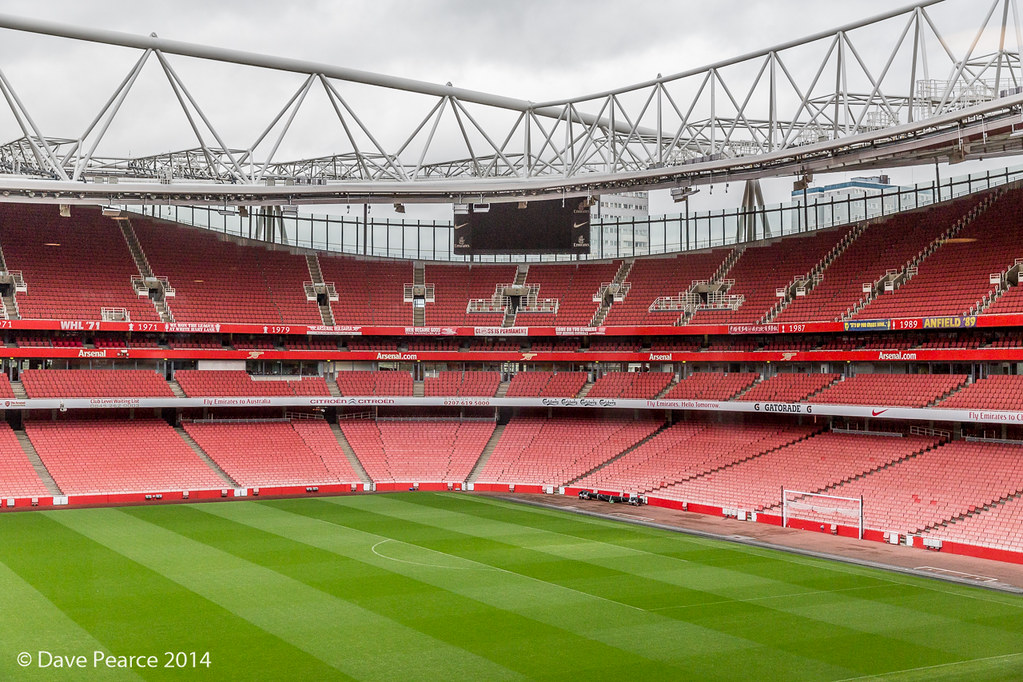
The Emirates Stadium opened in 2006 and is home to Arsenal FC. It has a capacity of 60,260 and is known for its modern facilities and impressive architecture. Although it hasn’t hosted many international finals, it is a major landmark in North London and one of the best stadiums in the Premier League.
17. Estádio da Luz (Lisbon, Portugal)

Estádio da Luz opened in 2003 and is the home of Benfica. It has a capacity of 64,642 and is famous for its exciting atmosphere, especially during Champions League matches. The stadium also hosted the 2014 UEFA Champions League final, where Real Madrid defeated Atlético Madrid.
16. Johan Cruyff Arena (Amsterdam, Netherlands)
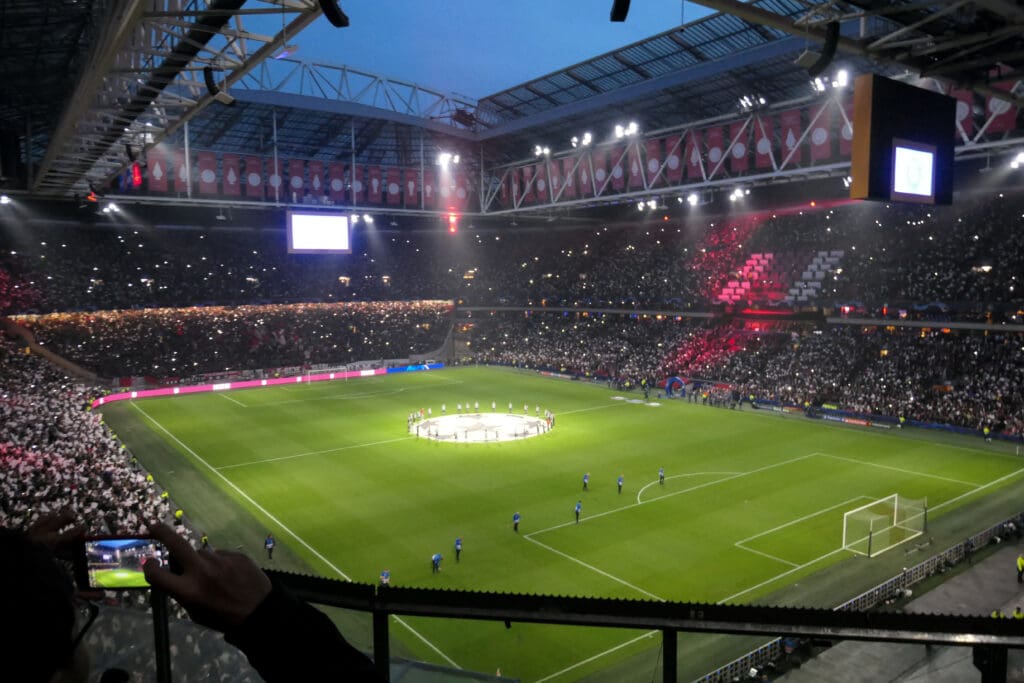
Originally known as the Amsterdam ArenA, the Johan Cruyff Arena opened in 1996 and has a capacity of 54,990. It is home to AFC Ajax and is known for its modern design and retractable roof. The stadium has hosted many important matches, including the 1998 UEFA Champions League final.
15. Estadio Monumental (Buenos Aires, Argentina)
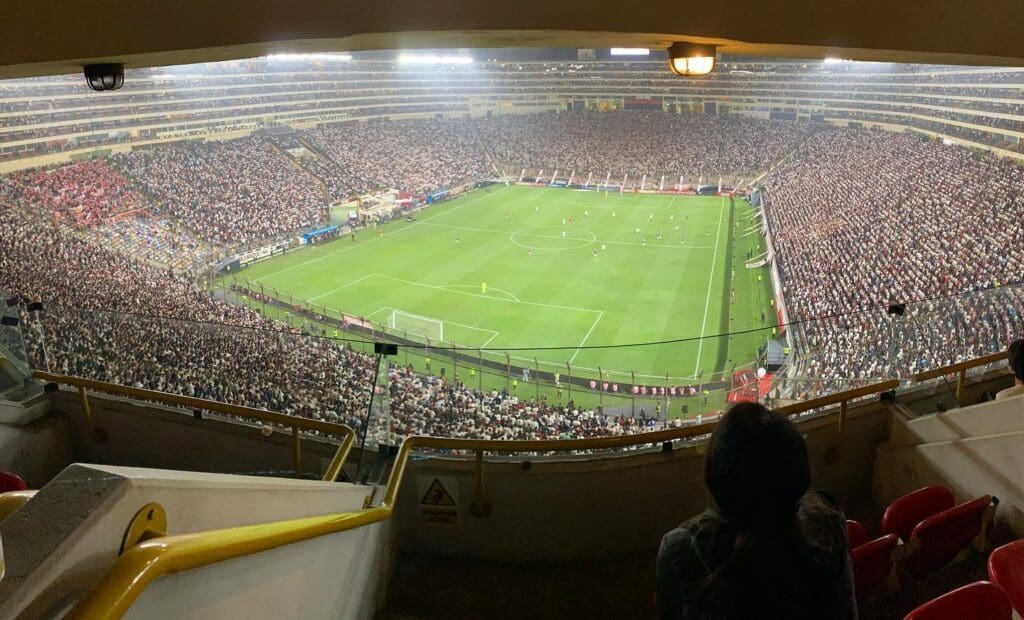
Estadio Monumental, opened in 1938, is the home of River Plate and has a capacity of 70,074. It is the largest stadium in Argentina and plays a big role in the country’s football history. It famously hosted the 1978 FIFA World Cup final, where Argentina won their first world title.
14. Celtic Park (Glasgow, Scotland)

Celtic Park, also called “Paradise,” opened in 1892 and has a seating capacity of 60,411. It is the home of Celtic FC and is one of the most exciting stadiums in Europe, especially during the fierce Old Firm matches against Rangers. The support from Celtic fans makes it an unforgettable experience for players and fans alike.
13. Stade Vélodrome (Marseille, France)
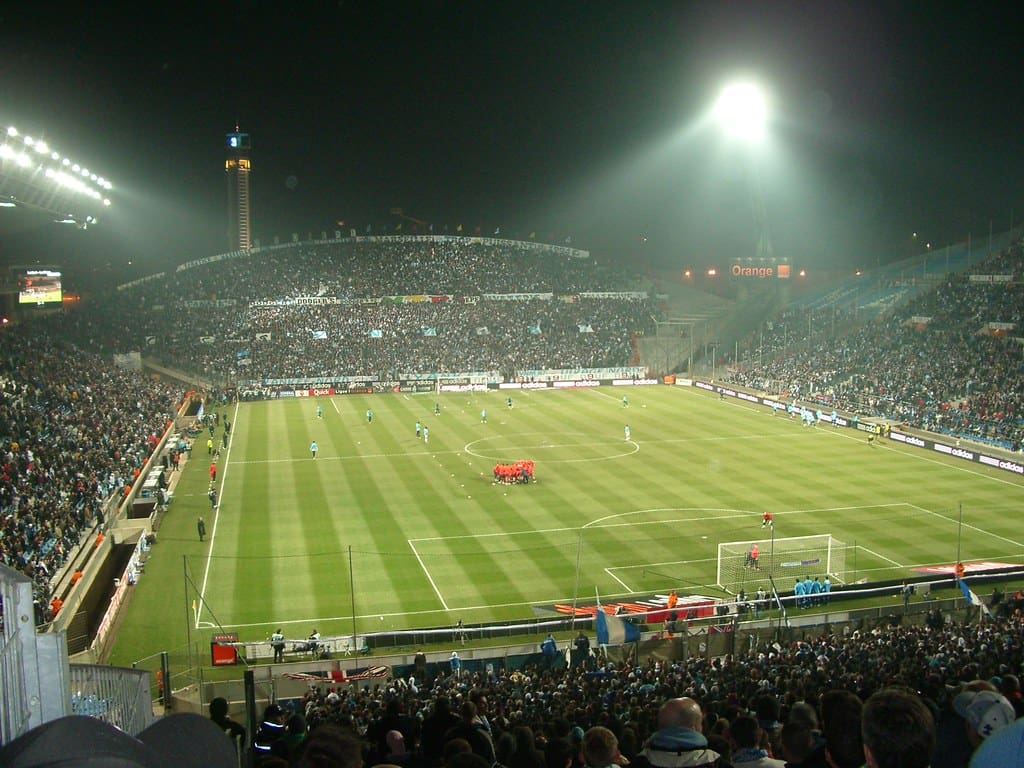
Stade Vélodrome, opened in 1937, is the home of Olympique de Marseille and has a capacity of 67,394. The stadium was renovated for the 1998 FIFA World Cup and again in 2014 to update its facilities. It is known for its unique design and has hosted many World Cup and UEFA Euro matches.
12. Anfield (Liverpool, England)

Anfield, opened in 1884, is the legendary home of Liverpool FC and has a capacity of 61,276. It is famous for the “You’ll Never Walk Alone” anthem that the fans sing before every match. Anfield has hosted many amazing Champions League matches, including the unforgettable 4-0 comeback against Barcelona in 2019.
11. Allianz Arena (Munich, Germany)
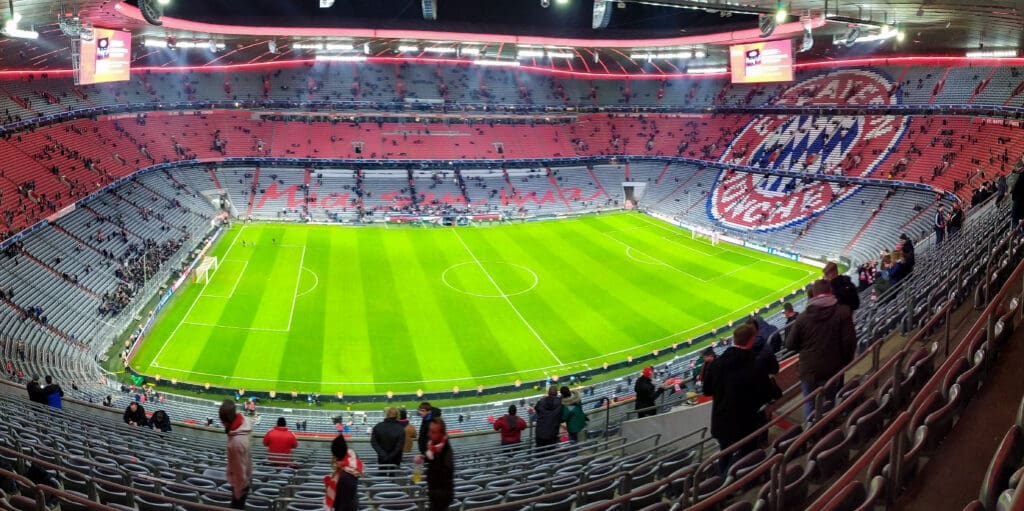
The Allianz Arena opened in 2005 and has a capacity of 75,024. It is home to Bayern Munich and is known for its glowing exterior, which changes colors based on the team playing. The stadium hosted the 2012 UEFA Champions League final, where Chelsea defeated Bayern Munich.
10. Estadio Azteca (Mexico City, Mexico)
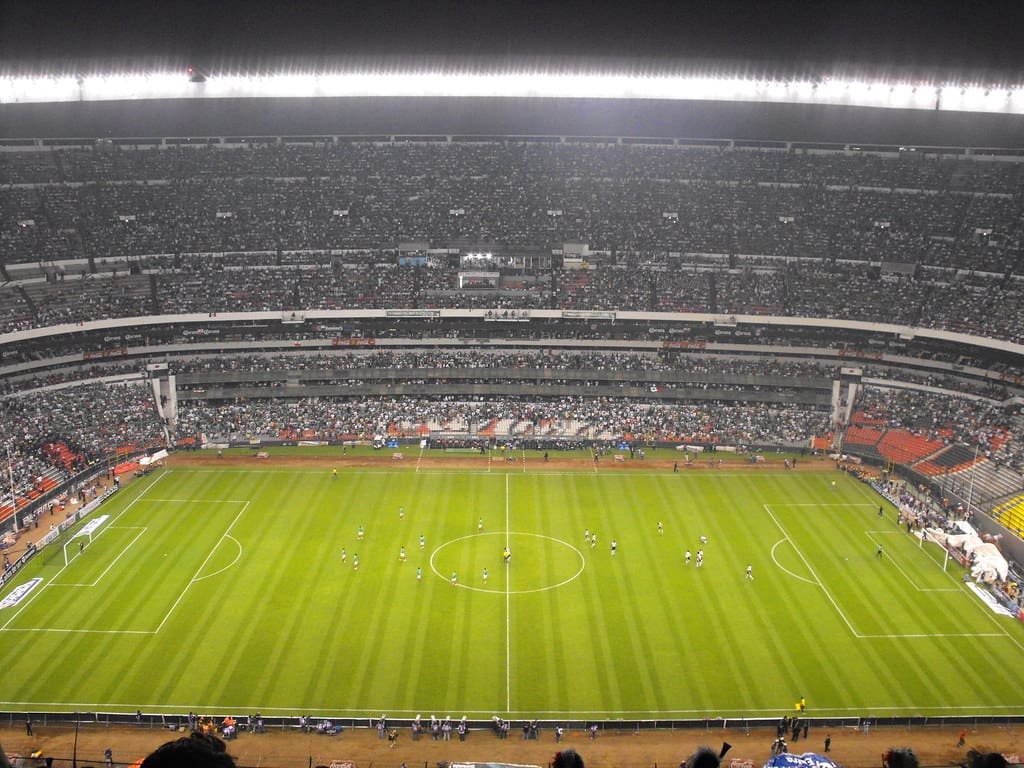
Estadio Azteca opened in 1966 and is one of the largest stadiums in the world, with a capacity of 87,523. It is home to Club América and the Mexican national team and is famous for hosting two FIFA World Cup finals (1970 and 1986). Diego Maradona’s “Hand of God” goal was scored here during the 1986 World Cup.
9. Signal Iduna Park (Dortmund, Germany)
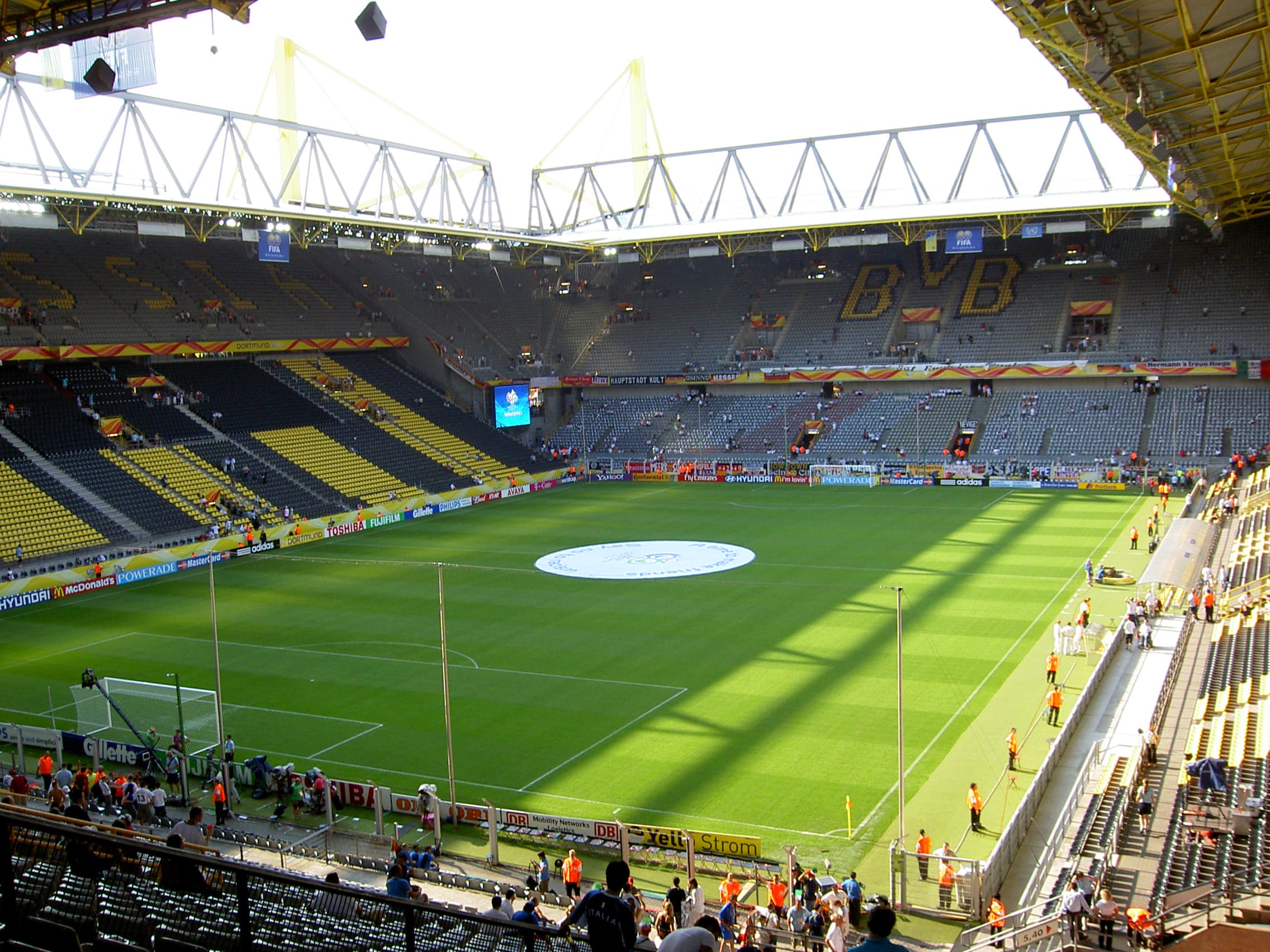
Signal Iduna Park, also known as Westfalenstadion, opened in 1974 and has a capacity of 81,365. It is the home of Borussia Dortmund and is famous for its “Yellow Wall,” the largest terrace for standing spectators in Europe. The fans at Signal Iduna Park create one of the best atmospheres in world football.
8. Old Trafford (Manchester, England)
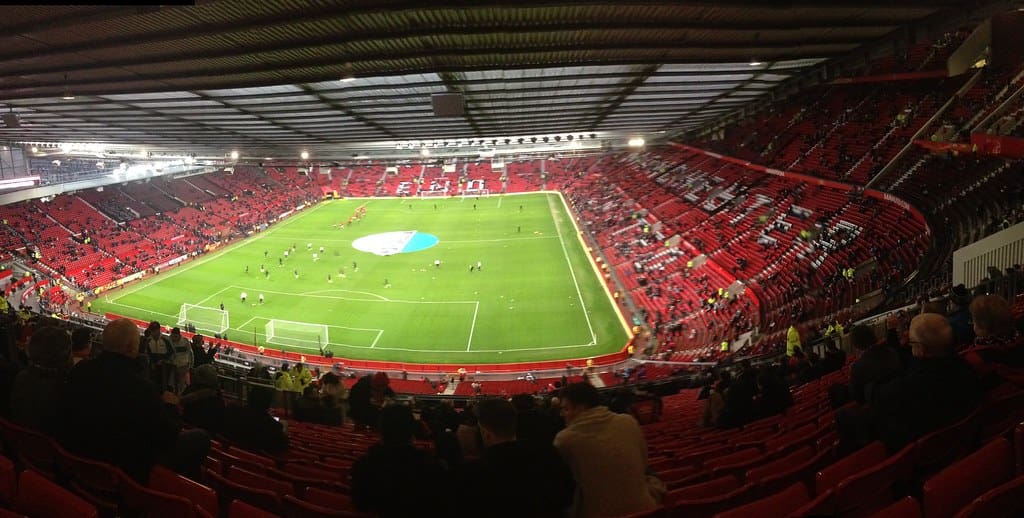
Old Trafford, called the “Theatre of Dreams,” opened in 1910 and has a capacity of 74,879. It is the home of Manchester United and is one of the most famous stadiums in football. Old Trafford has hosted many FA Cup semi-finals, Champions League matches, and international games.
7. Maracanã Stadium (Rio de Janeiro, Brazil)

Maracanã Stadium opened in 1950 and is one of the most iconic stadiums in the world, with a capacity of 78,838. It has hosted two FIFA World Cup finals (1950 and 2014) and is home to Flamengo and Fluminense. The passionate Brazilian fans and the stadium’s historic matches make Maracanã legendary.
6. San Siro (Milan, Italy)
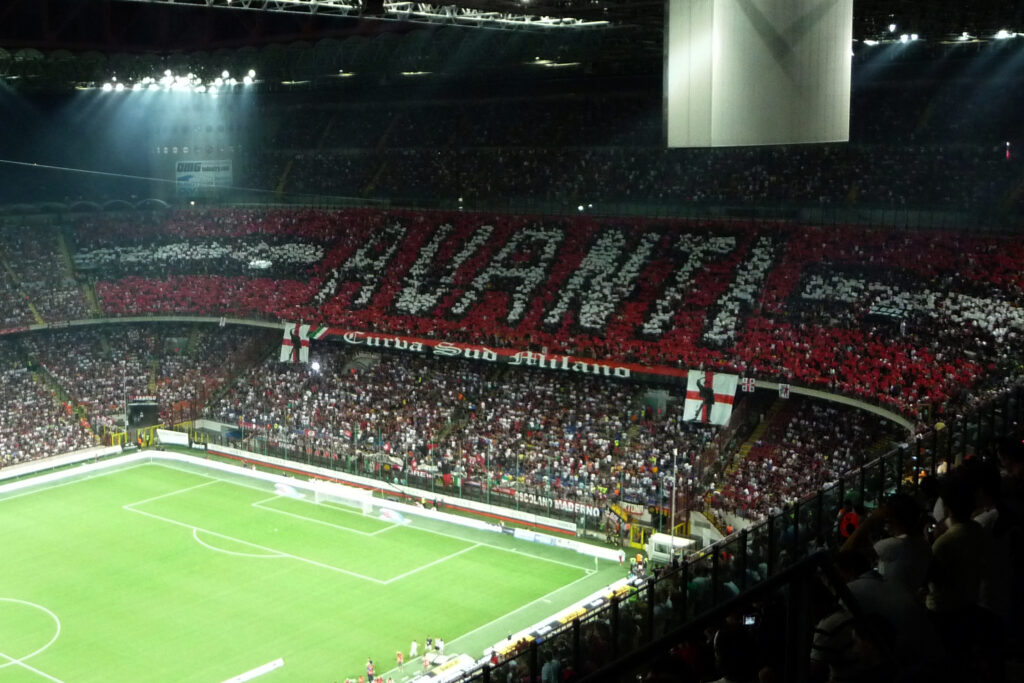
San Siro, opened in 1926, is shared by AC Milan and Inter Milan and has a capacity of 75,923. The stadium is known for its grand structure and rich history, having hosted four European Cup finals. San Siro is set to be replaced by a new stadium, making its historical significance even more special.
5. Camp Nou (Barcelona, Spain)
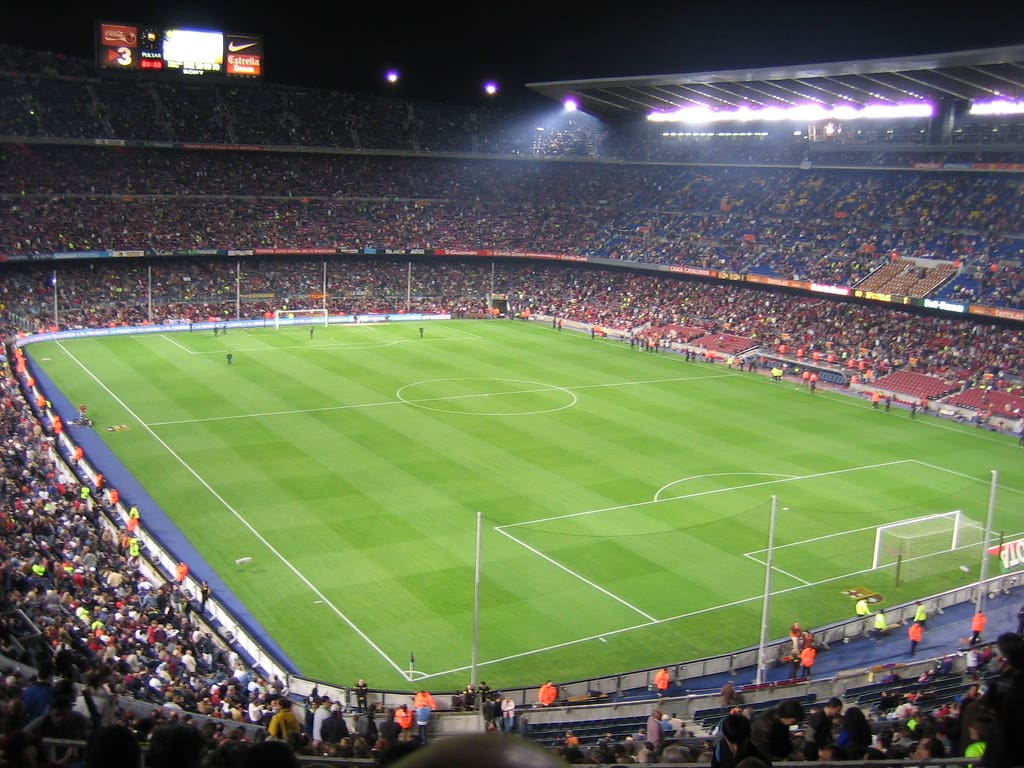
Camp Nou, opened in 1957, is the largest stadium in Europe with a capacity of 99,354. It is home to FC Barcelona and has seen many historic moments, including multiple Champions League victories. The size of the stadium and the passion of Barcelona’s fans make it one of the most famous venues in world football.
Read More: 10 Times Referees Changed the Outcome of a Major Game
4. Wembley Stadium (London, England)

Wembley Stadium reopened in 2007 and is the home of the England national team, with a capacity of 90,000. Known as the “Home of Football,” Wembley has hosted many iconic matches, including UEFA Champions League finals and the Olympic Games. The arch above Wembley is a well-known symbol of the stadium and London.
Read More: These Are the 10 Most Expensive Sports Teams in the World
3. Santiago Bernabéu Stadium (Madrid, Spain)
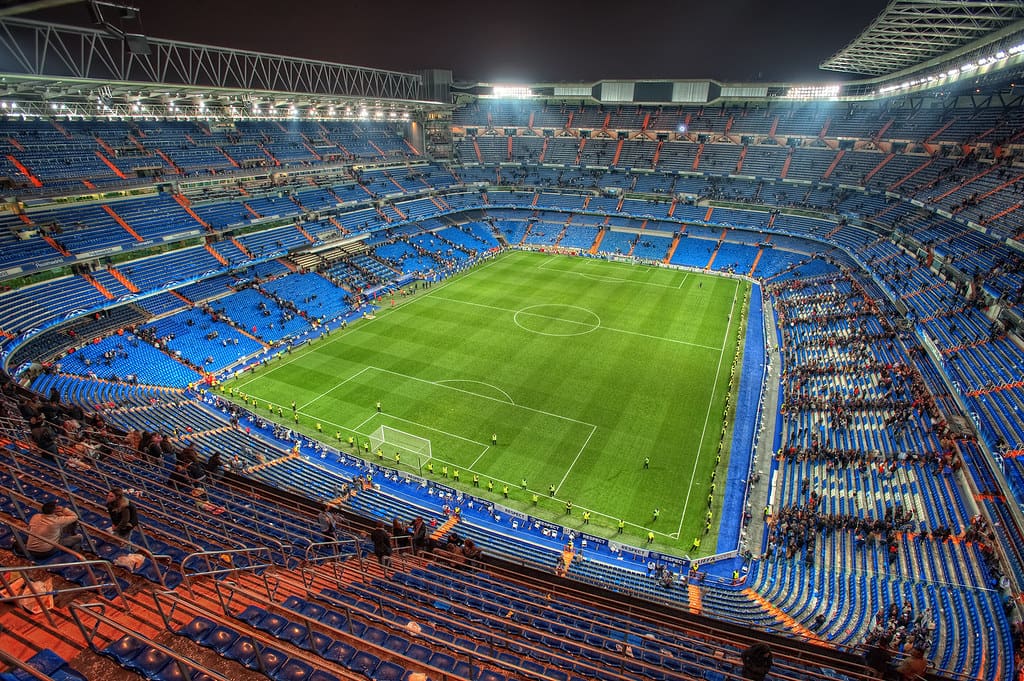
The Santiago Bernabéu opened in 1947 and is the home of Real Madrid, with a capacity of 81,044. The stadium has hosted many memorable moments in European football, including multiple Champions League finals. It is currently being renovated to modernize its facilities and improve the fan experience.
Read More: Ranking the 18 Best College Basketball Arenas
2. Signal Iduna Park (Dortmund, Germany)
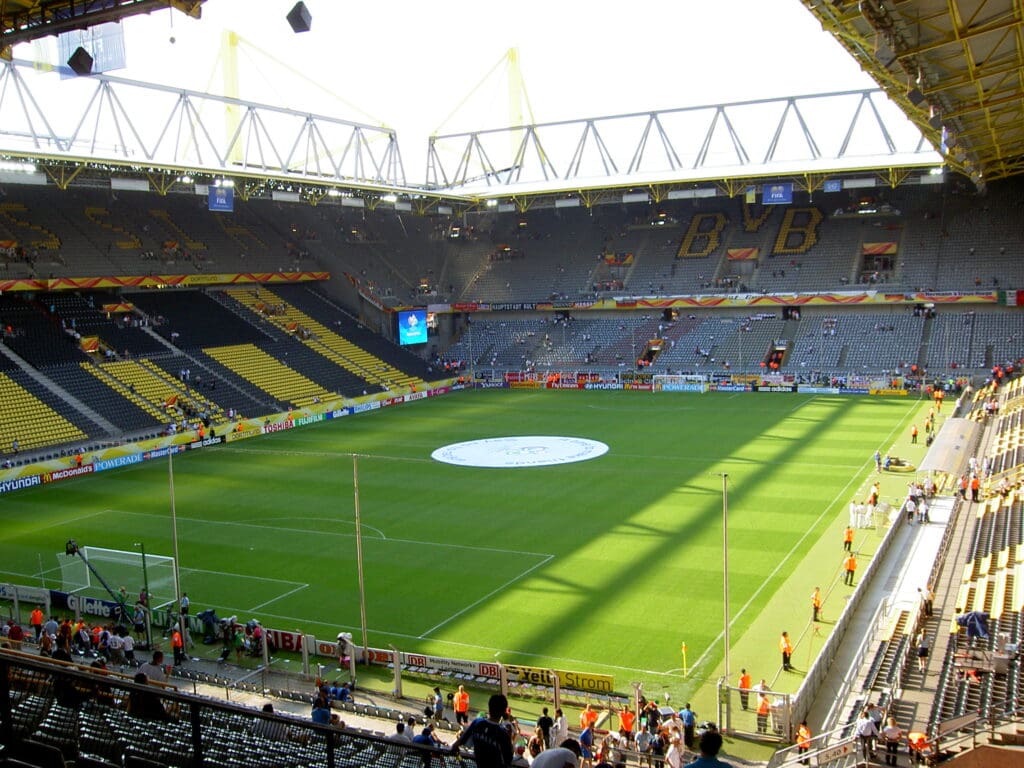
Signal Iduna Park, home to Borussia Dortmund, opened in 1974 and has a capacity of 81,365. It is best known for its “Yellow Wall,” a massive terrace that creates one of the most exciting and loud atmospheres in football. The passionate fans make Signal Iduna Park an unforgettable place to watch a match.
Read More: Ranking the 20 Best College Football Stadiums
1. La Bombonera (Buenos Aires, Argentina)
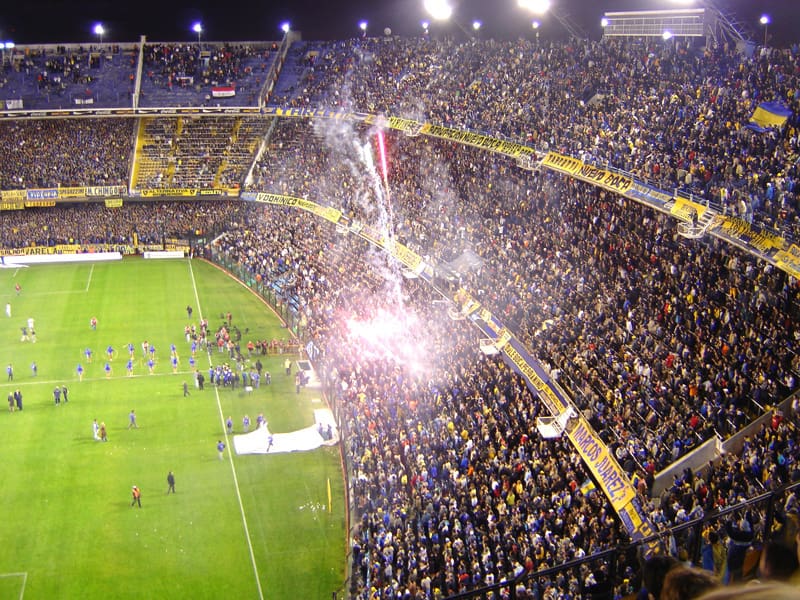
La Bombonera, opened in 1940, is the home of Boca Juniors and is famous for its incredible atmosphere and steep stands. With a capacity of 49,000, the stadium literally shakes during games, making it very intimidating for visiting teams. It is often called the most exciting stadium in the world and is a symbol of Argentine football passion.
Read More: The 10 Most Iconic Sports Stadiums Around the World







